
CEC 2024 Compliance: Electrical Safety Standards for Canadian Solar Installations
Navigate Canadian Electrical Code requirements for PV systems including rapid shutdown, disconnects, overcurrent protection, labeling, and AC module standards essential for safe installations.
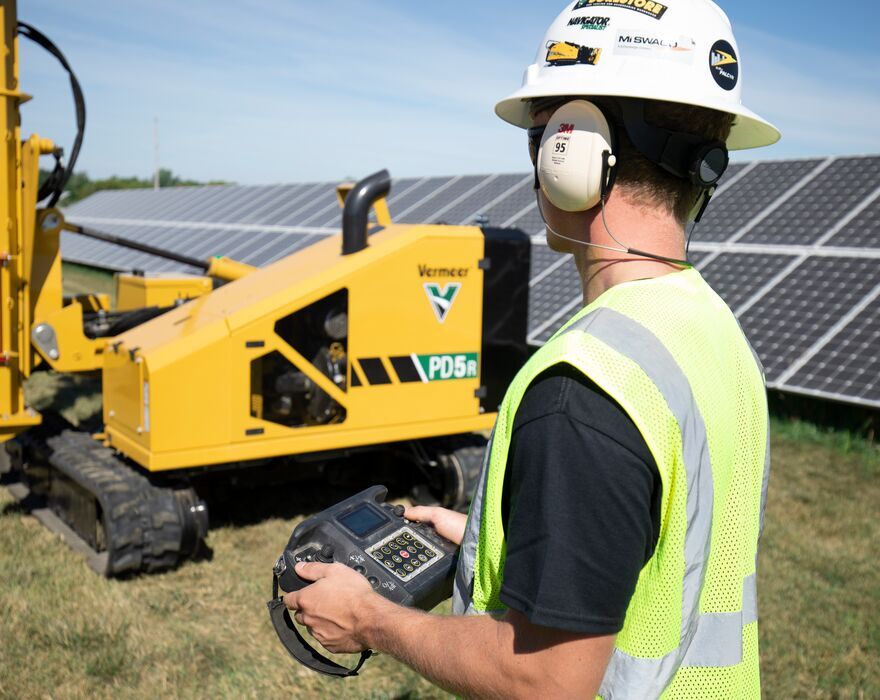
Fire Safety: Emergency Response and Solar Panel Considerations
What firefighters need to know about solar installations. Rapid shutdown procedures, labeling requirements, access pathways, and emergency protocols for Canadian fire services.
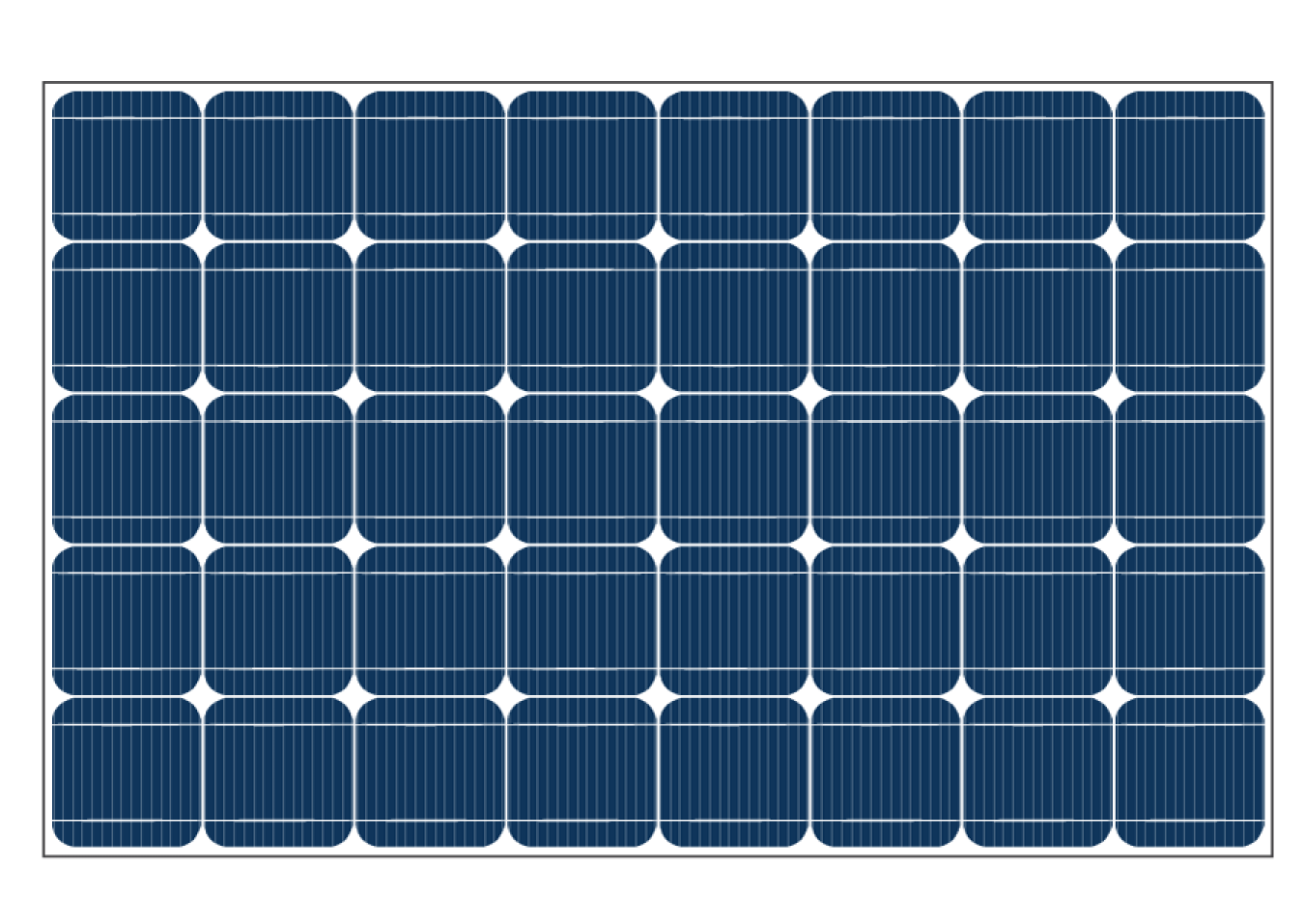
NBCC 2020: Snow Loads and Structural Requirements for Solar Panels
National Building Code requirements for roof-mounted solar systems. Structural loading, snow management, sliding impedance zones, and engineering considerations for Canadian climates.

Worker Safety: Fall Protection, PPE, and Installation Protocols
Occupational health and safety requirements for solar installation in Canada. Fall protection systems, personal protective equipment, ladder safety, and employer responsibilities.
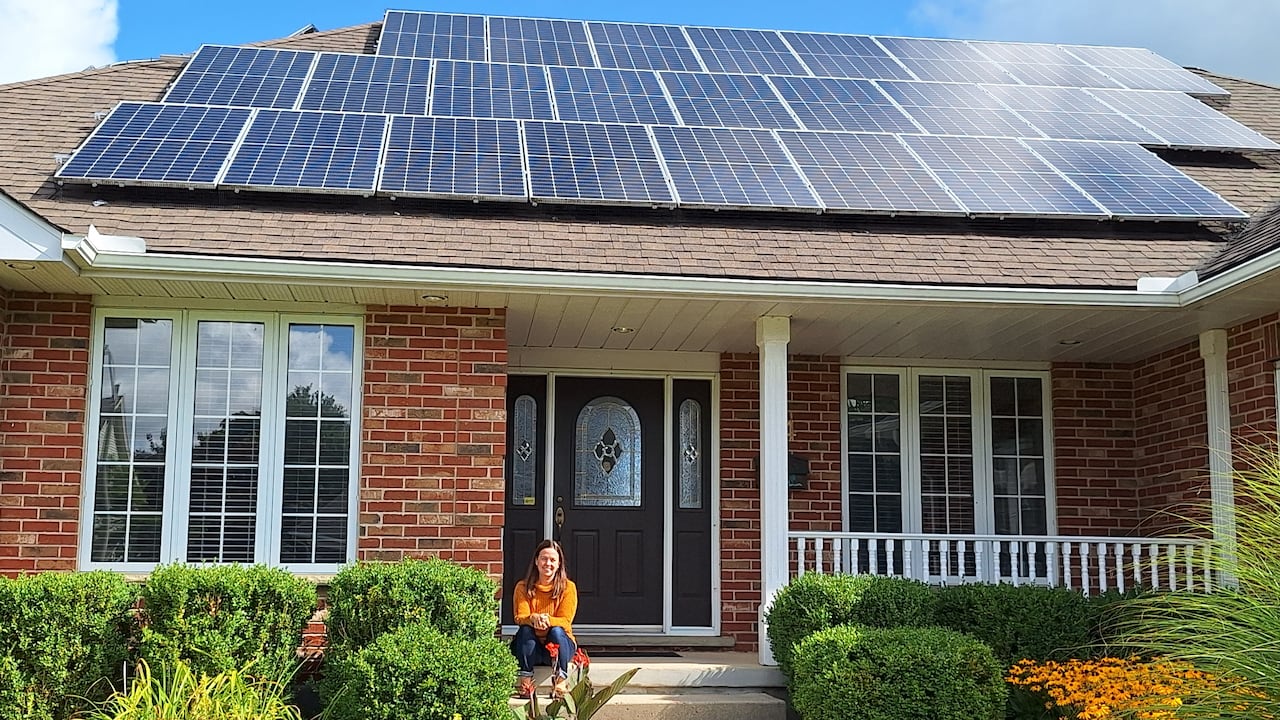
Building Permits: Municipal Requirements for Residential Solar in Canada
Building permit requirements across Canadian municipalities. Documentation needed, plan review processes, inspection requirements, and common permit challenges for solar installations.
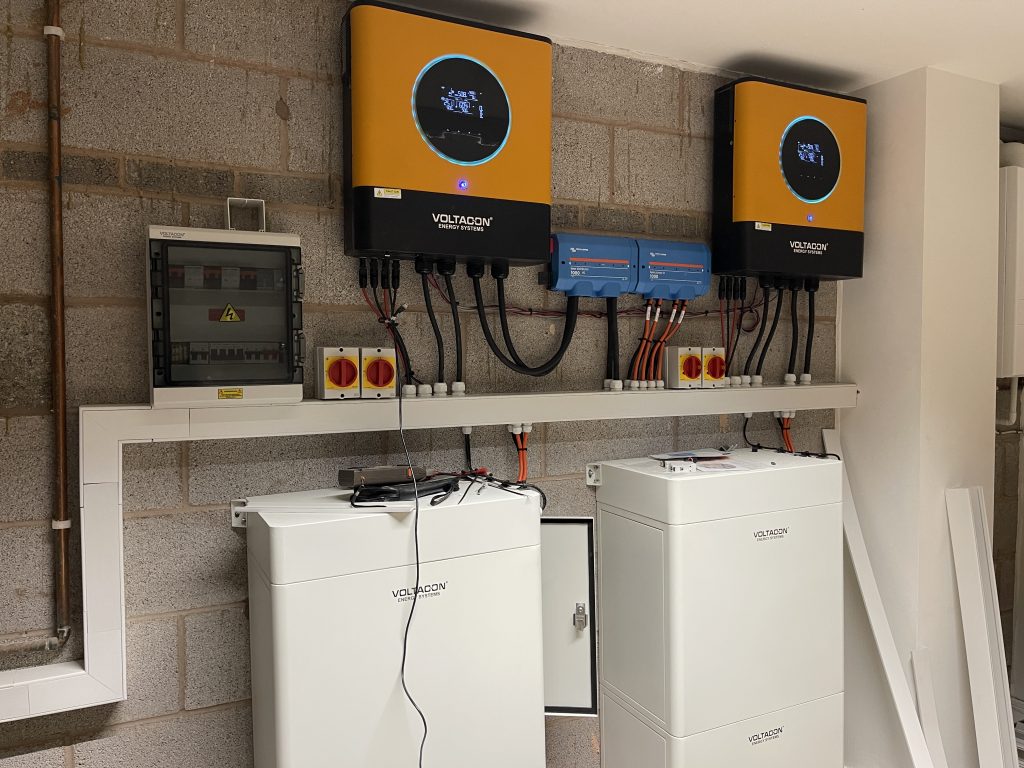
Arc-Fault Detection and Rapid Shutdown: Advanced Safety Technologies
Advanced electrical safety features for Canadian solar installations. Arc-fault circuit interrupters, rapid shutdown devices, and how these technologies enhance system safety and code compliance.
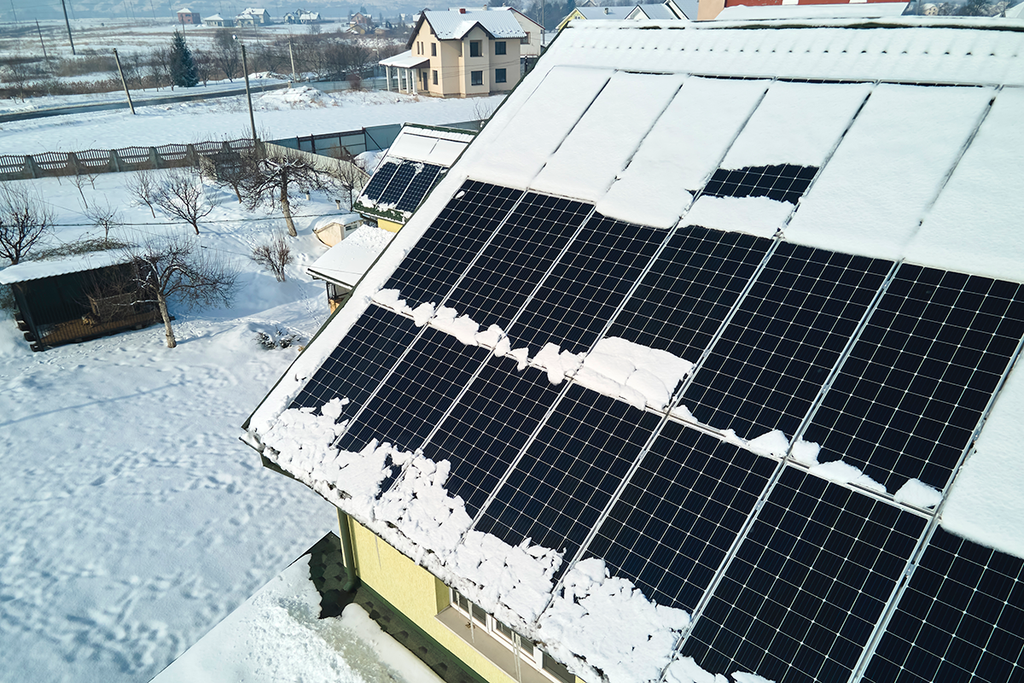
Winter Installation Safety: Working with Solar in Canadian Snow Conditions
Essential safety protocols for solar installation during Canadian winters. Cold weather safety, snow management, equipment handling, and emergency procedures for winter installations.
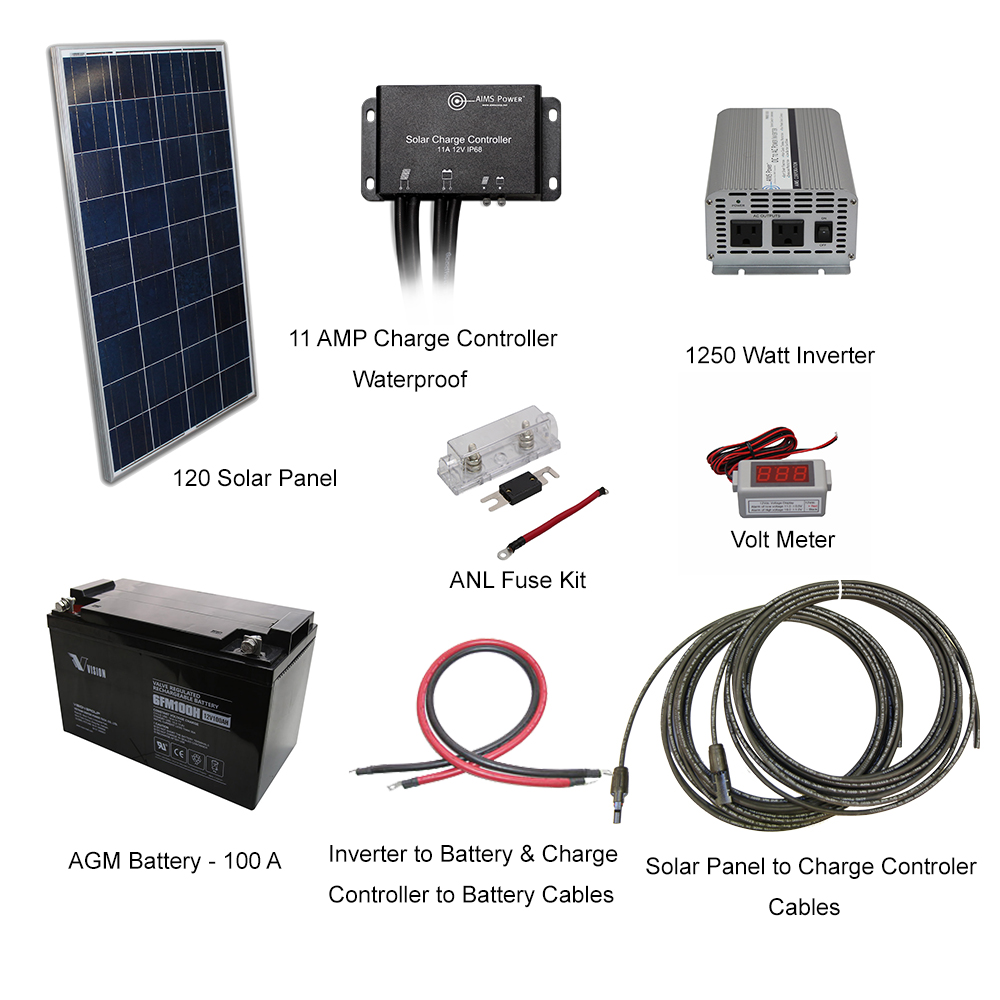
CSA Standards: Equipment Certification and Product Safety for Solar Components
CSA certification requirements for solar equipment in Canada. Approved product lists, inverter standards, panel certifications, and ensuring equipment compliance for safe installations.
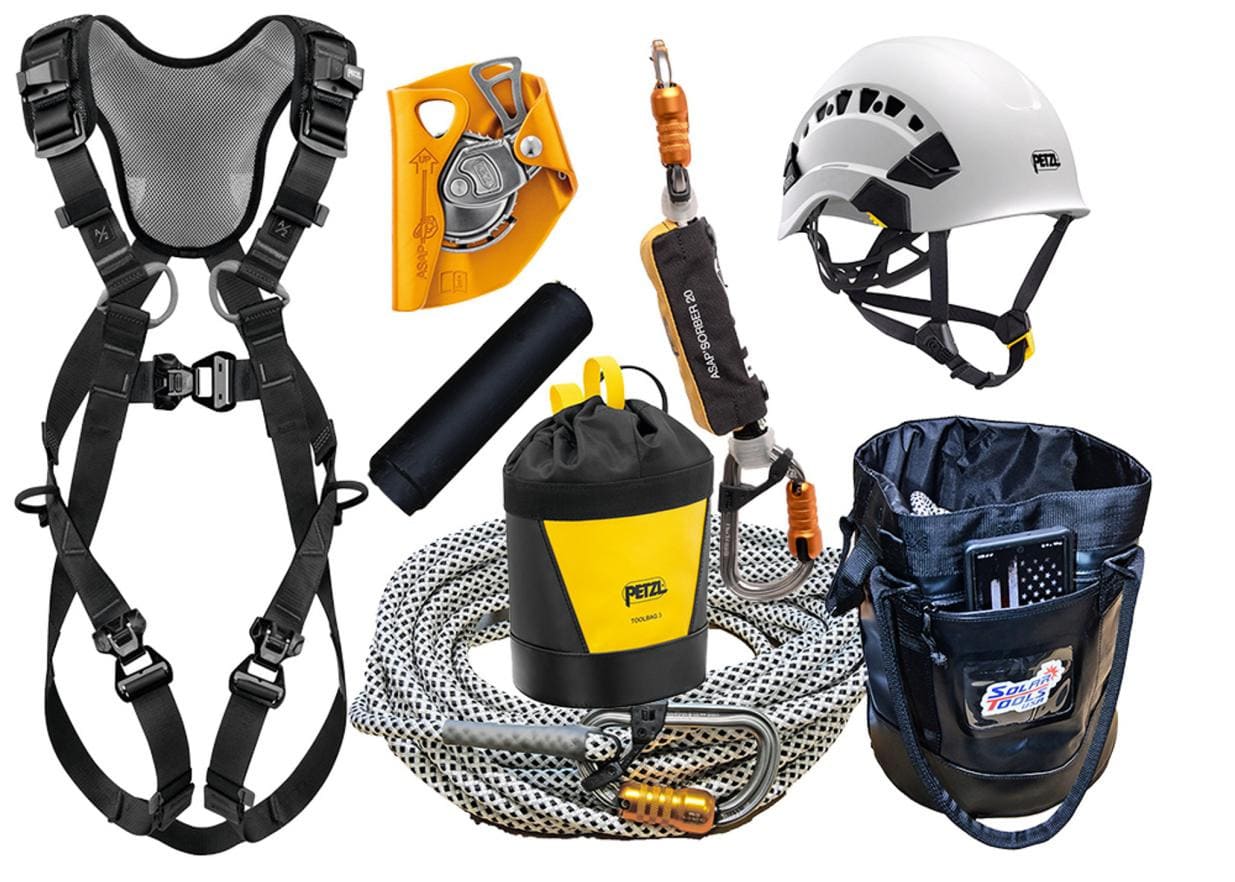
Installation Safety Protocols: Ladder Safety, Roof Access, and Emergency Procedures
Comprehensive safety protocols for residential solar installations. Safe ladder practices, roof access procedures, tool safety, and emergency response plans for Canadian installation crews.
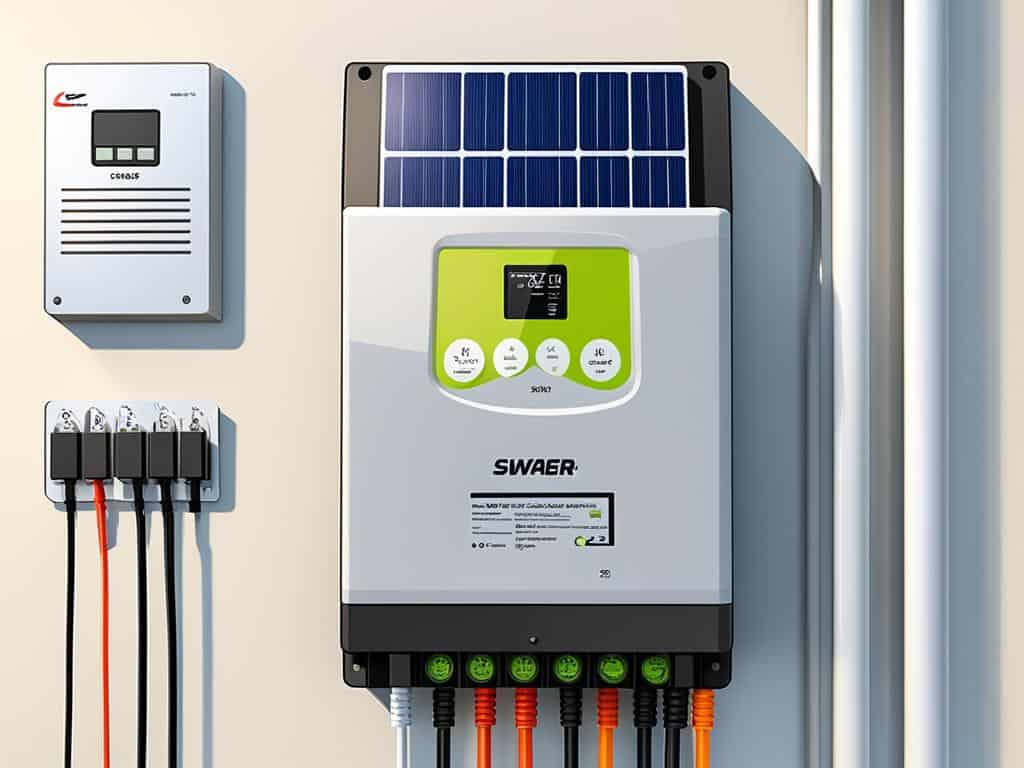
Electrical Inspection: What to Expect and How to Prepare for Canadian Inspections
Electrical inspection process for Canadian solar installations. What inspectors look for, common issues, preparation tips, and how to ensure smooth approval for your solar project.
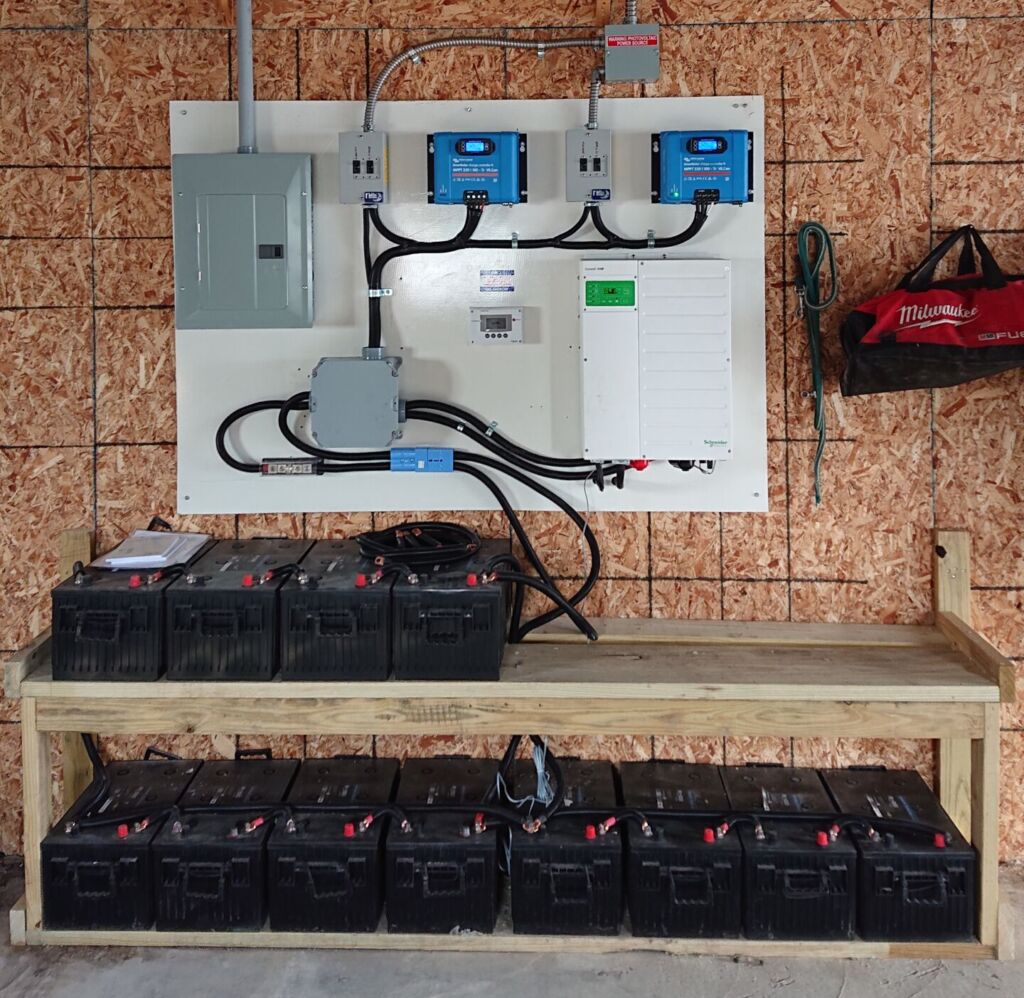
Battery Storage Safety: Thermal Runaway Prevention and Fire Suppression
Safety requirements for residential battery storage systems. UL 9540/9540A certification, thermal management, fire suppression considerations, and emergency procedures for battery installations.

Roof Integration: Weatherproofing, Structural Integrity, and Long-term Safety
Safe roof integration for solar panels in Canadian climates. Proper flashing, weatherproofing techniques, structural integrity considerations, and preventing roof leaks during installation.